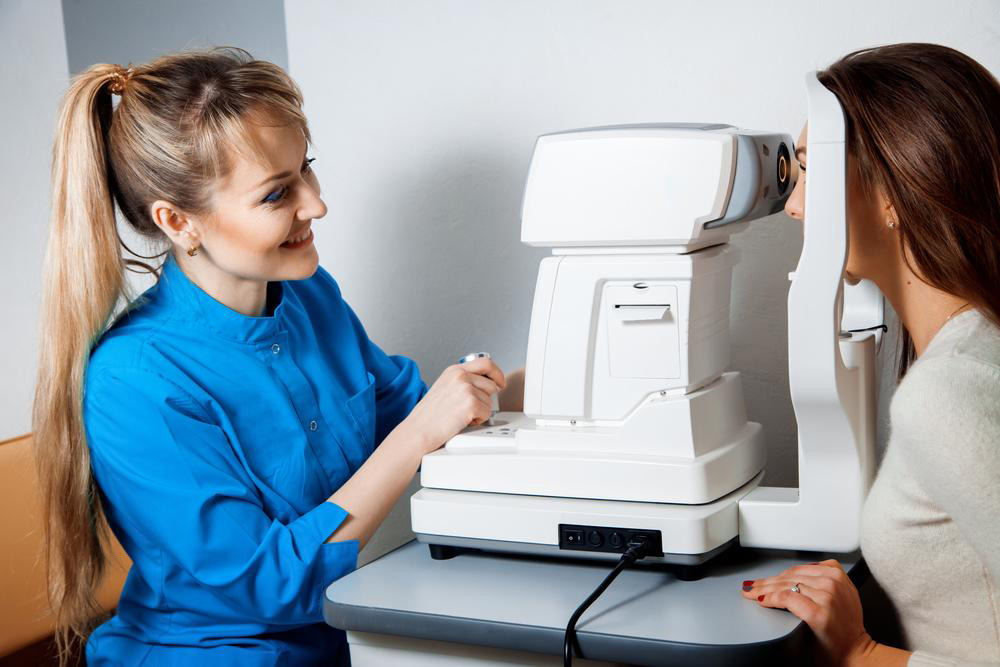How is retinal tear and detachment treated?
Retina, a continuation of the central nervous system (CNS), is the only part that is visible from outside. The retina is the organ of sight and is provided with special photosensitive cells called cones and rods. Cones can discern color and produce well-defined sharp color images. They work only in bright light. The rods are very sensitive to light but cannot distinguish between colors and produce only ill-defined images. The light falling on these cells are converted into electric impulses through a cascade of chemical-electric reactions and is taken to the brain by the optic nerve for processing and image formation.

This delicate and sensitive organ suffers many disorders, some degenerative and most inherent to itself. Retinal tear, retinal detachment, and diabetic retinopathy are the common ailments. Retinal tear happens when the vitreous, the clear gel-like substance, filling the rear chamber of eyeball, contracts and pulls the retina with enough force that it tears. It is painless and a sudden increase in size and number of floaters is all there to indicate a retinal tear may be happening.
The other symptoms are reduction in peripheral vision manifesting as shadow in the corner of the field of vision, blurred vision etc. Fluid seeping behind the retina causes the retina to lift off from its attachments underneath. The greatest danger is that the tear might lead to retinal detachment. A sudden appearance of flashes, or bright sparks is the symptom to indicate detachment.
The treatment is almost the same for both tear and detachment. Sealing the tear with a laser beam, photocoagulation, or a special freezing probe, cryopexy, allows scar tissue to form along the boundary and seal the tear. In scleral buckle, a flexible band is placed around the sclera to counteract the forces that tears the retina. Vitrectomy is a surgical procedure in which the vitreous is removed and replaced with gas or oil. The gas gets replaced with body fluids while the oil needs to be drained. In pneumatic retinopexy a gas bubble is injected into the vitreous. This is done in conjunction with photocoagulation or cryopexy. In retinal detachment, it may often be necessary to drain the fluid accumulated behind the retina. It would be required that the head be placed in a specified position to allow the retina to get settled in his original position.
Most procedures, around 80 to 90%, are successful. In some cases, the scar tissue does not allow proper growth.